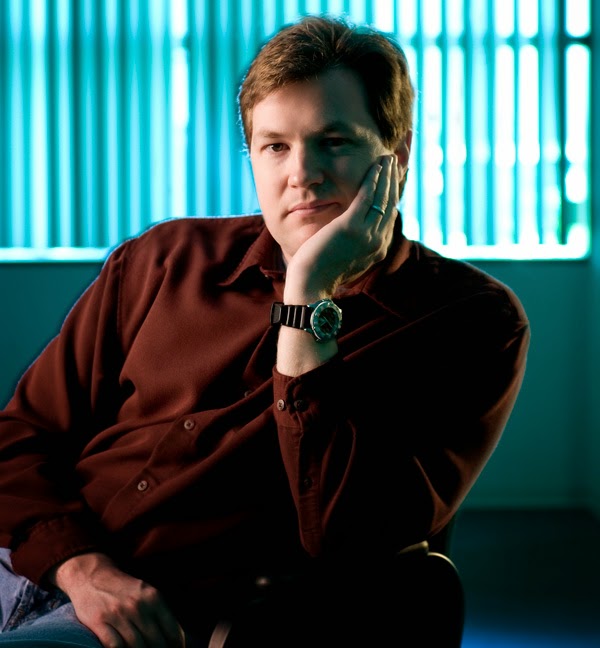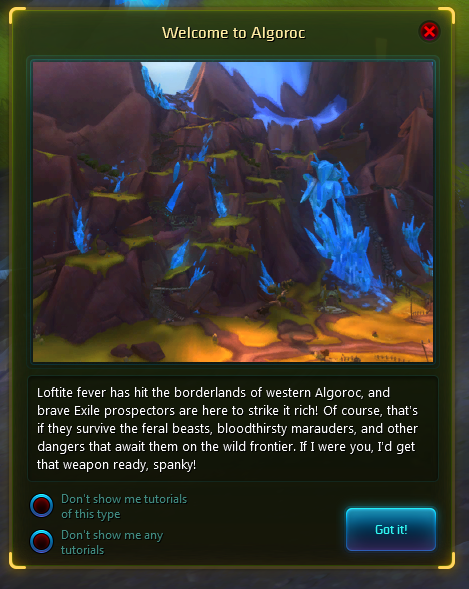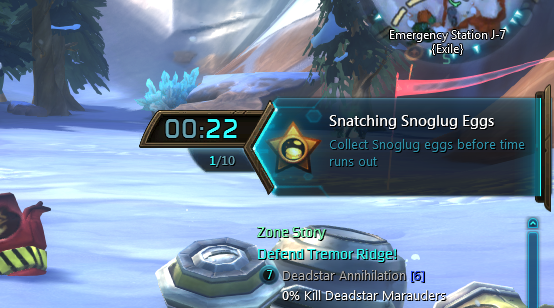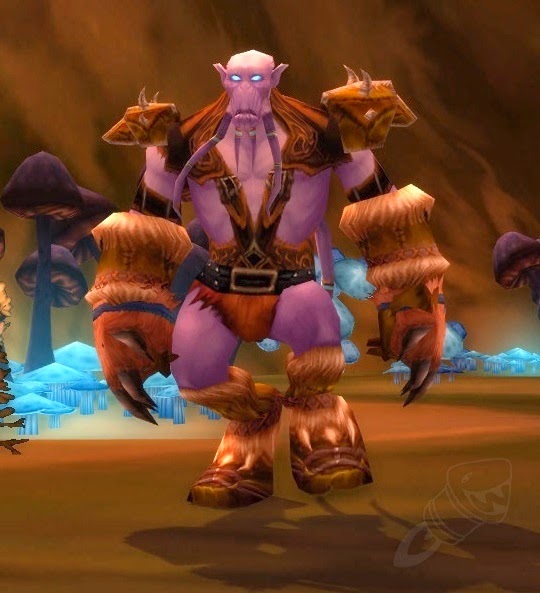Game: World of Warcraft: The Burning Crusade
Game Elements: Ghaz’an & Swamplord Musel’ik, the second and third bosses of The Underbog
Discipline: Content Design
Today, let’s talk about my first secret event in World of Warcraft.
Unfortunately, it was so secret… no one ever found it.
At least, the lessons are easy to spot, if that counts, lol.
Have you ever heard of the Blizzard secret sauce?
Well here it is:
Metzen uses apostrophes when naming everything.
Now with that out of the way, let’s break down a couple sub-bosses.

Ghaz’an
Daelo: You did what?
Me: I stuck a hydra in the water tank. You know… it’s like swimming down there.
Daelo: No, no, not that part. The next part.
Me: Oh, I made entire thing a timed event. If you make it to the end before the Hydra.
Daelo: And how are players going to figure this out?
Me: Well… it runs up the pipe and kills the NPC. That won’t happen if you’re faster.
Daelo: *facepalm*
Me: What?
Qualities of a Good Event
 Rob Pardo used to say: “Events are hard. But few people realize what the hardest thing about an event is.
Rob Pardo used to say: “Events are hard. But few people realize what the hardest thing about an event is.
” What is that, Rob? What’s the hardest thing about an event?
Is it the itemization? Periodic reward structures? Resources? “No. No and sort of.
Actually, the hardest thing about an event is getting people to recognize that they are there.”
When you stop and think about it – it seems obvious.
If nobody notices an event is going on… there was no point in creating it in the first place.
So when you are going to put the time and effort into creating a scripted experience – you want people to notice it.
In fact, this art of the “sell” is where most of the time and resources go when you’re setting up an event. It’s easy – no, trivial, to spend a day setting up a comedian who tells in-jokes and silly references in Shattrath.
It’s a whole other matter to teach players that he’s only there from 8-9 pm on Tuesdays.
Take a look at Wildstar and some of the more recent MMOs in the past five years.
These games are saturated with creative spawning and unique events.
They also go out of their way to ensure you see all of the major events – there’s even a little introduction to each zone when you first arrive. (In my personal opinion, the timing of this zone-intro is poor, literally the same time as a million other UI elemnents, but the idea is great!)
Check it out:

Furthermore, you can see how much effort is put into drawing player attention to the important areas of the game.
While overwhelming, the initial starter events in many WoW zones draw your eye and use quests to pull you to the most dramatic and well-constructed areas. Important events sometimes even use UI, like this challenge event
I’m about to fail because I’m too busy writing this post to pick up fat bird eggs.

The importance of selling an event cannot be understated.
The more important the event, the more time spend developing it, the more important it is that players notice.
This doesn’t mean you can’t do subtle hits or little touches that add life and flavor – it just means that you should be judicious about making smart choices in general about what you invest a lot of energy into.
Back to the Overgrown Snake Fish
So what was the issue with Ghaz’an?
- The event wasn’t sold
- Player fixation on what’s ahead of them meant no-one noticed the fight going on in the background
- Addition of VO would have required recruiting another voice actor (pricey back in those days…)
- Addition of the event would drive rewards, doubling up the work for the item dude
I could go into mechanics, but this was the real lesson of Ghaz’an – there’s no point in crafting a timed event for its own sake.
I kept the mechanic around, but basically all you got out of it was a sense of pride and the ability for your healer to have an even smaller mana pool.
Swamplord Musel’ek
You know, sometimes you just have to own up to what you’ve done.
In this case, I totally phoned this guy in.
 He’s a hunter with deterrence, enrage pet and an aimed shot.
He’s a hunter with deterrence, enrage pet and an aimed shot.
Now, he’s not *completely* devoid of gameplay. You can swap targets when he’s got deterrence up… but yeah, not really. If I were do to him again, I’d made his aimed shot deal super high damage, but someone else can jump in the way to split the damage in half with you.
However, this guy existed for a reason…. what was that reason, you might ask?
Well, a quest designer wanted to stick a quest NPC in here to be rescued.
So I slapped in an above-average toughness NPC to guard the Druid in bear form… who forgot he was a bear. (They’re druids, they’ve been sleeping forever, sometimes you have to overlook these things.)
Anyways, when Travis ran through the dungeon, he just assumed it was a boss by the name and slapped boss loot on him.
So I cranked up his stats a tad bit and Musel’ek the Swamplord came to be.
I’m not sure what he was lording over exactly… but he’s not exactly dressed to be a king.
Sometimes in development it’s best to roll with the punches.
An unexpected thing happen? Don’t sweat it.
Maybe its OK to have an extra boss in this one.
As it turns out, the Underbog was extremely long and the extra loot didn’t hurt.
Lessons:
I really am inspired by looking back at my old work and seeing the creativity that went into a lot of these moments.
Sadly, I didn’t structure the dungeon in a way that communicated to the players that something special was happening. Furthermore, there was no reward for interrupting the event.
However, when you put something into the game, players won’t realize it’s an important thing, unless you communicate it to them.
Leaving breadcrumbs and guidance toward the desired action is key.













3 Responses
Honestly Alex, I’m just enjoying you talking about things. I mean, however weird it sounds, I’d just like to have an archive of the things you worked on at Blizzard/Riot, with a breakdown of the things you learned from it, mistakes, or successes, and the general philosophies behind the content. I think I mentioned this on FB, I really enjoy talking and reading about the philosophies behind decisions made in games. It gives me a better understanding when I’m playing a game like Wildstar to see what they might have done better.
+1. I’m enjoying the stories, as well as the lessons learned. As I venture into game development myself, it’s super interesting to see the method behind the madness from the UI cues to boss abilities.
Musel’ek is an interesting story in particular, as his origin was apparently modest, and whelp, now he’s a dungeon boss! Makes me wonder how many other bosses were happy accidents (or unhappy accidents, in some cases where mechanics went awry).
Glad to see you posting again!
Eh, I consider Swamplord Musel’ek the best boss in the instance.
The pet requires kiting (or CC in normal mode) so one DPS gets to do something they don’t normally do (or hadn’t done since Drakkisath). The hunter is fun because he acts like a hunter, and it’s interesting to see your favorite abilities turned against you.
Finally, the fact that he has tamed a druid automatically makes him a king among hunters. That would often spark conversation in groups, with some chatter and gentle teasing between the hunters and the druids. This made it the most memorable fight in the instance by far.
The lesson I would take from Swamplord Musel’ek is that a mechanically simpler boss with a strong, interesting theme can be more fun than a technically complex boss.